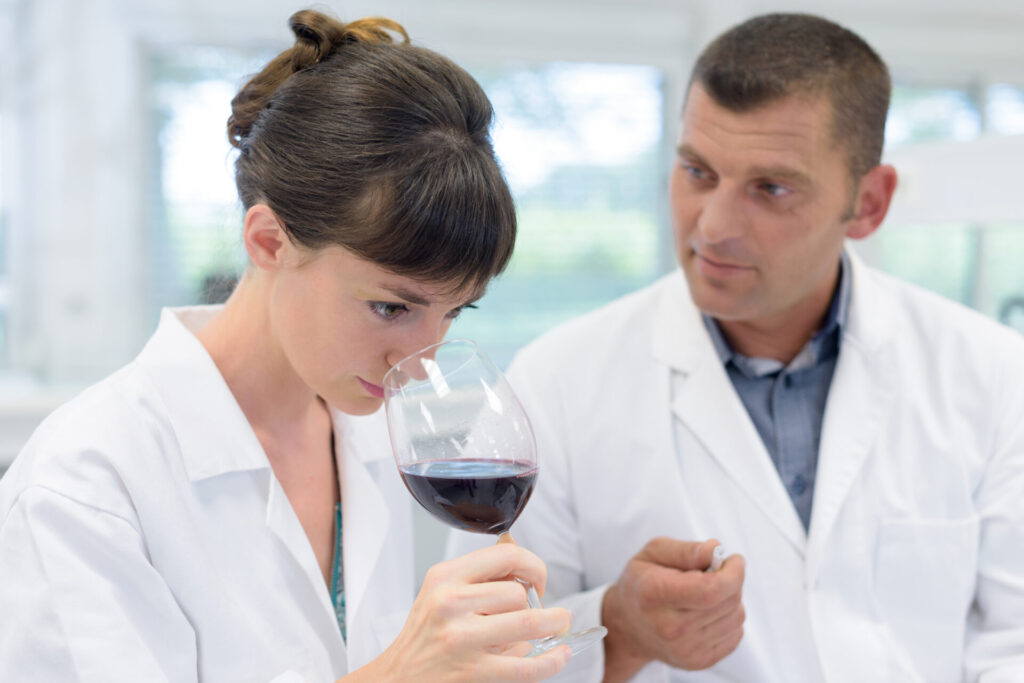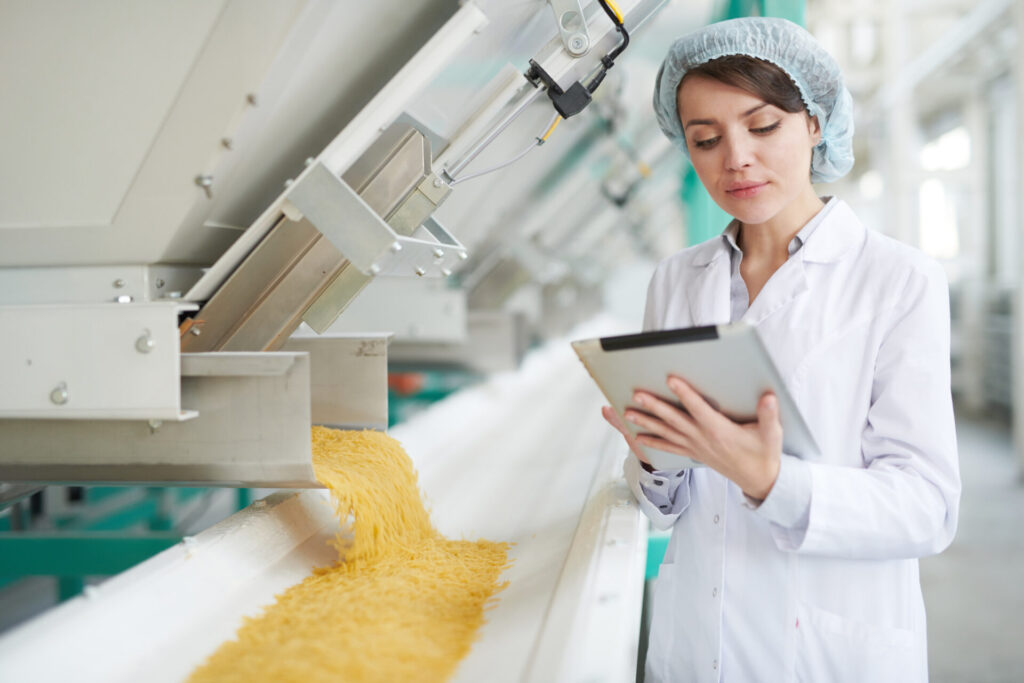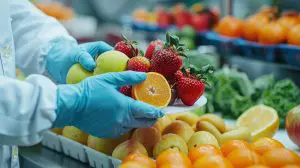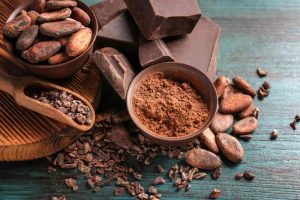In the food and beverage industry, the sensory properties of food are critical in establishing market success. From wine to sodas, chocolate, or coffee, sensory evaluation has been used to assess product qualities such as bitterness, sweetness, aroma or texture. Sensory information plays an important part in the new product development cycle. Combined with consumer research, it provides insights into consumers’ willingness to purchase new products.1
Today’s marketplace is saturated with food offerings. At the same time, consumers are more discerning and knowledgeable about food and expect a higher standard of product quality for their money. It’s therefore critical for food manufacturers and retailers to understand how consumer products are perceived and how a premium product can be distinguished from a less expensive one on the basis of the sensory profile. These insights are important for marketing.
IFT defines food sensory evaluation as a science that measures the responses of people to products as perceived by the senses.2 The discipline was born in the 1940s and 1950s when the U.S. Army Quartermaster Food and Container Institute researched the concept of food acceptance for the armed forces. University research followed with the University of California; Davis, University of Massachusetts; Oregon State University and Rutgers becoming pioneers in the field.3 More recently, Hildegarde Heymann, a Distinguished Professor of sensory science in the Department of Viticulture and Enology, University of California, published a paper in Food, Culture and Society presenting “a personal history of sensory science.”4

Industry Applications
The main objective of sensory tools is to validate product specifications and track batch consistency over time. Quality control teams use sensory evaluation to monitor the sensory characteristics of food when changes in materials, ingredients, or manufacturing processes can lead to perceived defects or changes in sensory profile. For instance, under-roasting cocoa beans can lead to the perception of increased bitterness in chocolate. Similarly, commercial wine that is past its shelf-life becomes oxidized, leading to the perception of bruised apple aromas on the palate.
Sensory methodologies are also used in new product development. When new products are formulated and introduced on the market, the goal of sensory evaluation is to validate product acceptance and the consumer’s willingness to re-purchase. R&D teams can also provide technical support to operations in suggesting changes in ingredients or manufacturing parameters with the aim of saving costs and being more competitive but maintaining a similar quality. In this case, sensory tools can provide insights into whether sensory differences exist between two or more samples and how large these differences are.
Sensory evaluation is increasingly used in marketing in collaboration with R&D. These sensory tests focus on consumers and require that they complete surveys and provide feedback on their food preferences. Such tests can be used in benchmarking projects where a product is compared to the competition. They can also be used for novel products — in the health and wellness sector, for instance — and gauge consumers’ acceptance of a particular food that provides nutritional benefits. For instance, omega-3 fatty acids derived from fatty fish have been used in food products to provide health benefits. A challenge in the manufacturing process of these foods is to guarantee the absence of off-flavours when the food is consumed as-is or re-heated.

Using Sensory Software
Historically, formal sensory science has required advanced knowledge of statistical analysis and experimental design. With the introduction of new generation software, the adoption of sensory practices can be directed by user-friendly interfaces, integrated statistical analysis and graphical output features. The process of conducting a sensory panel becomes, as a result, much less intimidating.
The new generation of food sensory software is intuitive, easy to use and allows large and small businesses to get started with minimal investments of time and money. Data input is generally via smartphone, tablet or PC. Applications are easy to configure and can be accessed from any device or location. Simple WiFi or cell phone coverage is needed to access sensory tests and results. The benefit of using sensory software is to perform quick statistical treatment of data and have it immediately graphically presented and saved for interpretation. The sensory professional or sensory panel coordinator chooses the best test methodology based on the project objectives. The software allows the professional to train the panel and verify performance. Testing set-up is easy and can be deployed remotely: sensory results are obtained immediately once tests are completed. The ability to test quickly and economically makes the software very attractive for decision-making.
Introducing Tastelweb Software
Tastelweb was created in 1995 by Mr. Bertrand Thuillier from ABT Informatique (France). Mr. Thuillier is a professor of food engineering and sensory evaluation at Polytech Lille, AgroSup Dijon et EBI (Paris). Tastelweb is affordable, simple-to-use and flexible. Users get a choice of purchasing individual tests which is attractive for new-adopters and students. Annual subscription options are also available. Click here to obtain more information about Tastelweb and the services Sirocco Consulting offers. Contact us to request pricing and to schedule a demo.
Want to learn more about sensory science? Attend the Pangborn Symposium this summer.
The 14th Pangborn Sensory Science Symposium will be held online on August 9-12, 2021 and will address ‘Sustainable Sensory Science’. Other topics of discussion will include sensory marketing, new and emerging sensory and consumer methods and sensory relationships with health & wellbeing. This is a great opportunity for sensory professionals to attend keynote presentations and access on-demand content after the conference.
References





